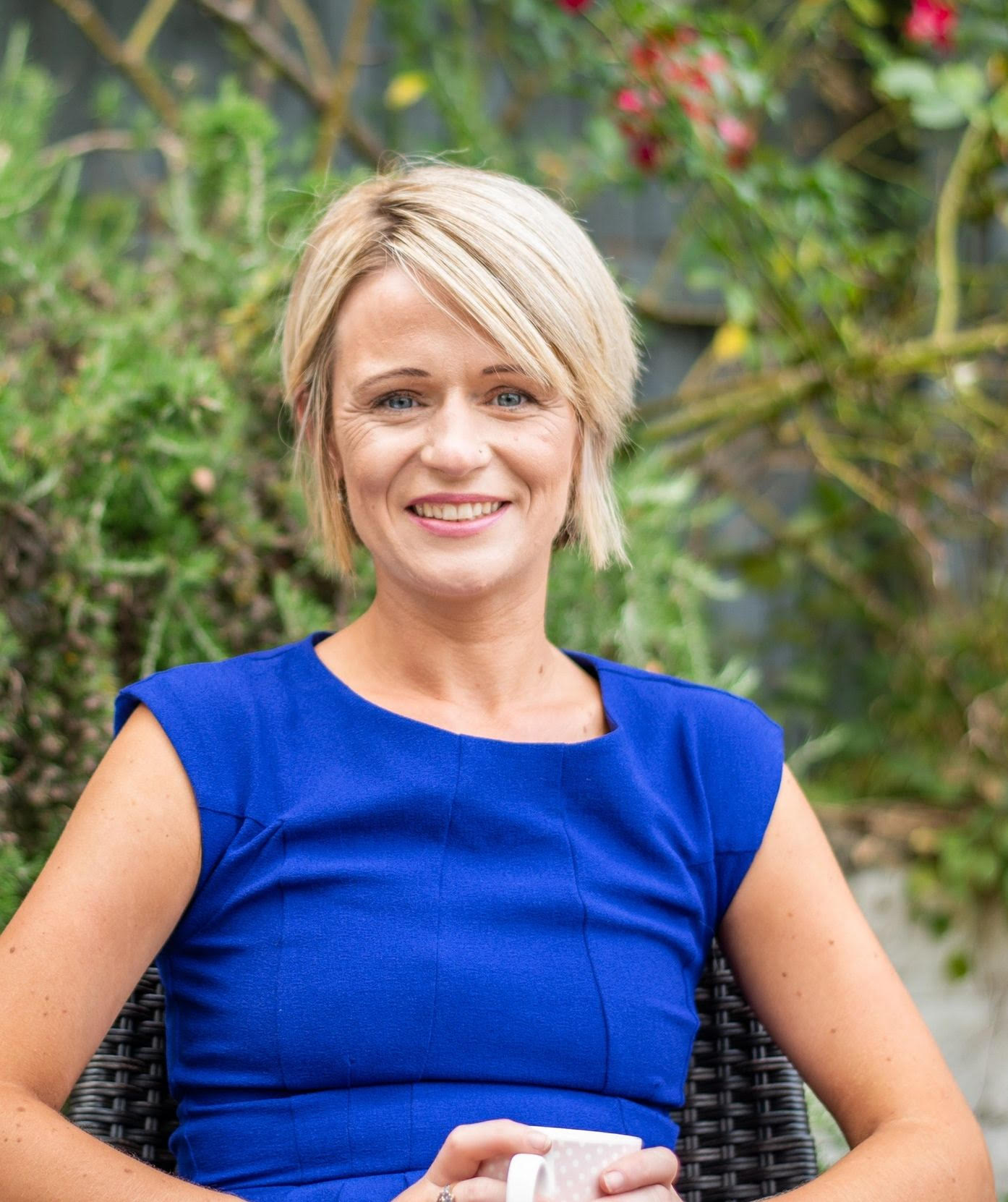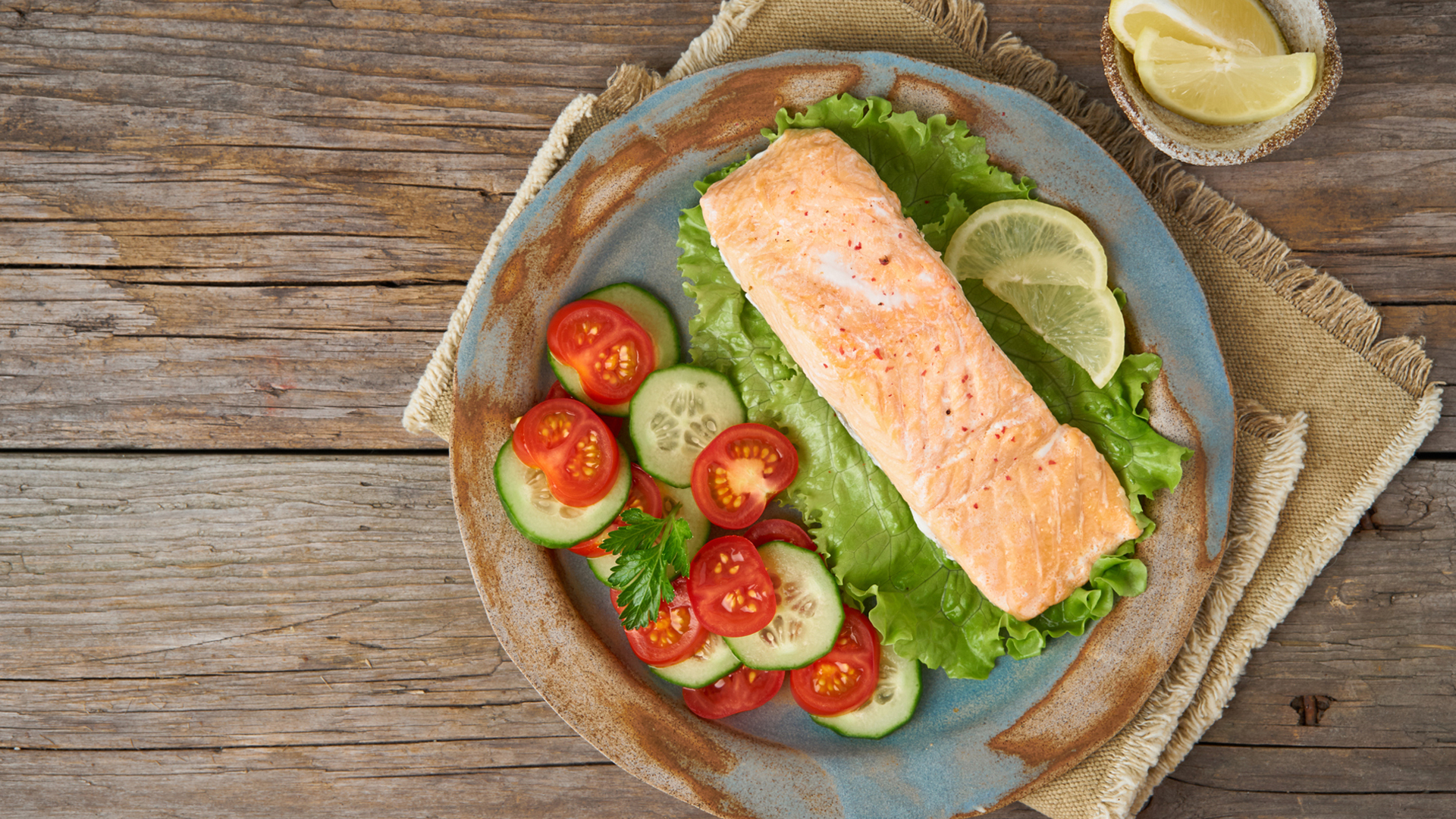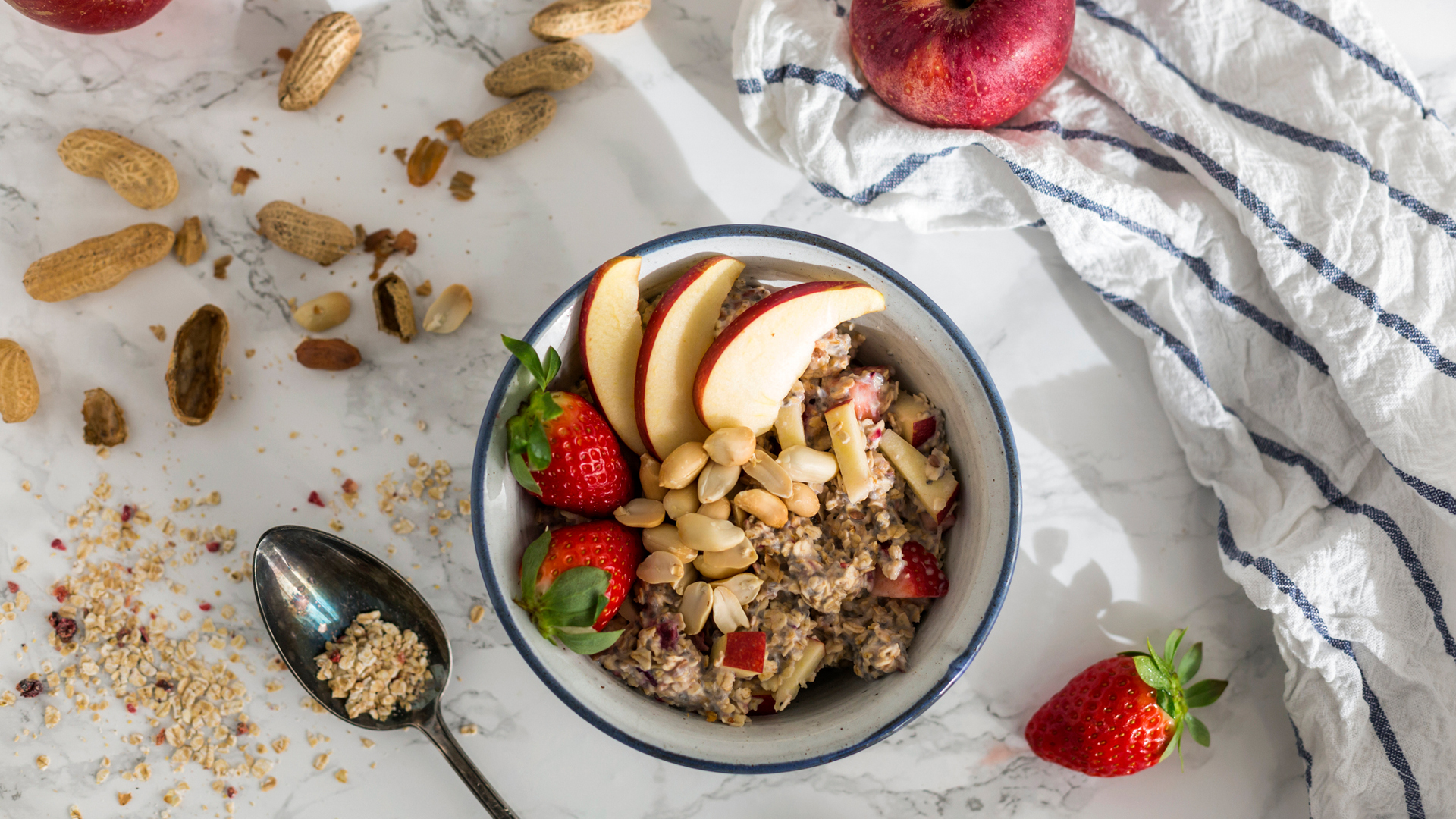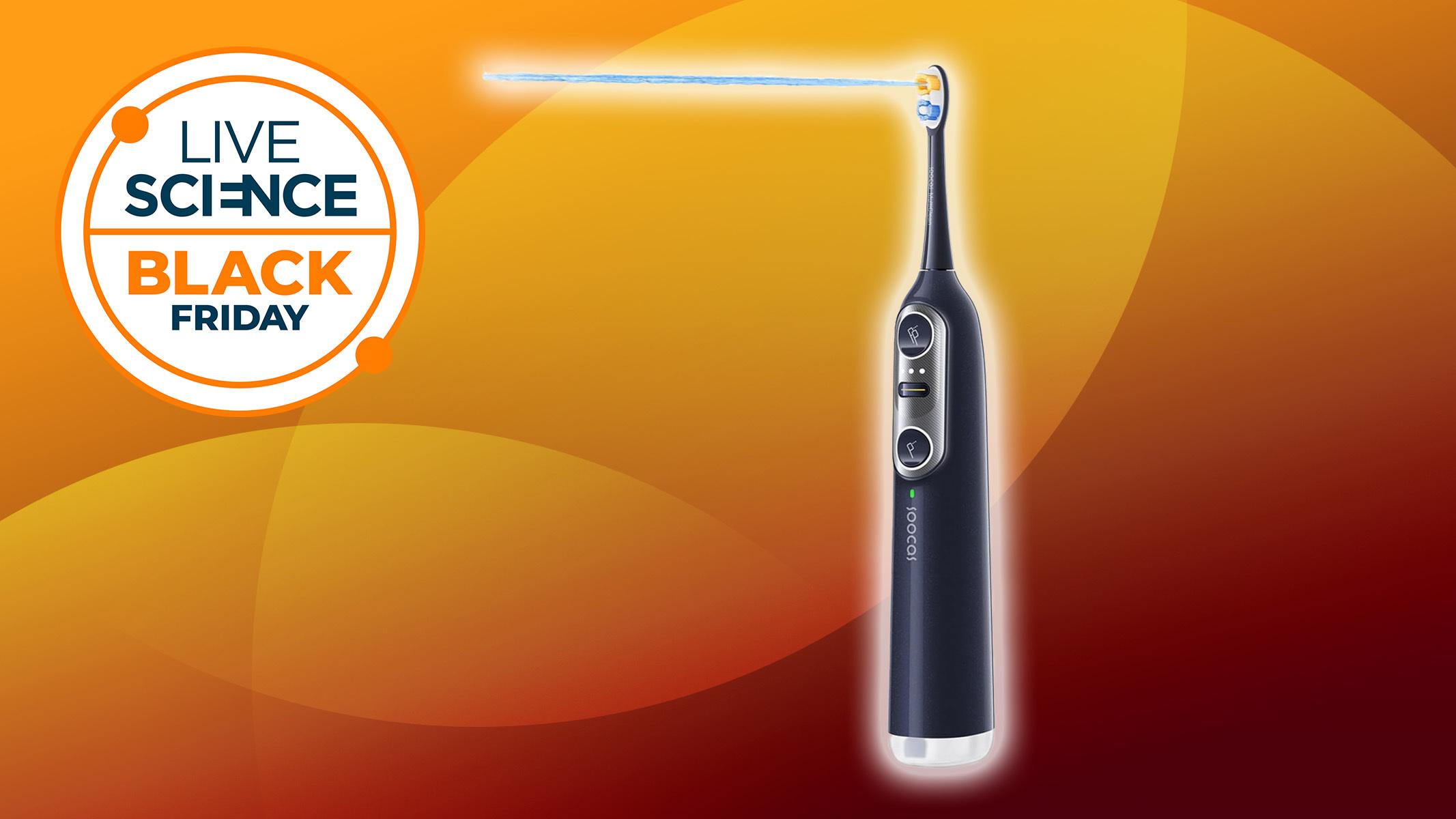Whole30 Diet: Does it really work?
Supporters of the Whole30 diet claim it can improve mental focus, trim waistlines and even improve serious health conditions — but what do the experts think?

The Whole30 diet is a 30-day eating plan that focuses on the consumption of whole foods, while eliminating inflammatory food groups and processed foods. This extreme form of the Paleo diet promotes eating meat, poultry, fruits, vegetables and healthy fats. However, it restricts the consumption of added sugars, alcohol, grains, beans, legumes, soy and additives.
The diet was created in 2009 by two sports nutritionists, Melissa Hartwig and her ex-husband Dallas, to help reset your metabolism and reshape your relationship with food. They claim it can improve immune function, mental clarity and even chronic health conditions such as type 2 diabetes and high cholesterol.
The objective is to help people eliminate certain ‘problem foods’ then slowly re-introduce them into their diet to help identify what might be causing distress to their bodies. It’s a popular eating plan in January, as many people believe it is an effective way to lose weight.
But registered dietitian Aisling Pigott, a spokesperson for the British Dietetic Association, says that “from a dietitian’s perspective, this is another fad diet with arbitrary rules based on zero evidence whatsoever”. According to her, the Whole30 diet is “guaranteed to fuel disordered eating behaviors and confuse your body.”
It seems experts are struggling to find anything good to say about this extreme eating plan, with more concerns than praise. Here, we’ll explore how the Whole30 works, as well as the potential pros and cons. As always, if you're looking to embark on a specific eating plan, it's always best to consult your doctor or a healthcare professional first.
If you’re looking for simple ways to improve your eating habits, why not check out our round-up of the best meal delivery services that can save you time and energy in the kitchen, without compromising nutrition?
What is the Whole30 diet?
Whole30 is a spin off of the Paleo Diet, and is a restrictive eating plan that lasts for 30 days. The idea behind the program is that humans haven’t evolved to eat certain foods, such as refined sugar, dairy, legumes and grains, and these could cause health problems.
Get the world’s most fascinating discoveries delivered straight to your inbox.
Hartwig claims that if you remove inflammatory foods from your diet for one month then the body will naturally ‘reset’ itself, and during this period you will also learn which foods work and don’t work for you.
The program also claims to help identify foods that cause gut disruptions or hormone imbalances and avoid certain health issues, from diabetes and chronic inflammation to unhealthy psychological attachments or cravings.
"We're asking people who do Whole30 to essentially do a scientific experiment of one: eliminate those foods; see how it impacts you individually," Hartwig told Live Science. "Then, you can make a deliberate, conscious decision about which foods are healthy. It's about how you arrive at your perfect diet."
But Pigott says: “This conflicts drastically with what we observe as dietitians in clinical practice, where unnecessary dietary restriction can often fuel disinhibited eating or complex relationships with food.”

Aisling Pigott is a registered dietitian and media spokesperson for the British Dietetics Association in the U.K., working across a range of NHS, academic and freelance settings. She is anti-fads and pro-health.
How do you follow a Whole30 diet?
There are two phases to Whole30: a 30-day elimination, followed by a 10-days re-introduction to identify problem foods, says consultant dietitian Kirsten Jackson, founder of The Food Treatment Clinic and a British Dietetic Association spokesperson. “For the elimination period you should only eat whole and unprocessed meats, seafood, vegetables, ‘natural healthy fats’, spices, herbs and seasonings.
“Foods that need to be avoided include sugar, grains, legumes, alcohol, dairy — other than clarified butter and ghee — additives, candy, cakes, biscuits and processed high fat foods such as pizza.”
According to Jackson, the diet guidelines also go on to advise people not to recreate 'junk' food with the 'allowed ingredients', because they claim that one of the benefits of the diet is that people will reduce their cravings for such foods by avoiding them all together.
This is a pretty strict plan and if you ‘cheat’, it’s advised you go back to day one and start from scratch.
The good news is you don’t need to count calories, measure portions or weigh food, and you’re not allowed to take body measurements or weigh yourself — apart from on day one and day 30.

Kirsten Jackson is a U.K. Consultant Gut Health Dietitian and Founder of The Food Treatment Clinic. Kirsten is also a British Dietetic Association Media Spokesperson, working to provide research-based advice.
Foods you can eat:
- Meat
- Poultry
- Fruit
- Vegetables
- Healthy fats

Foods to avoid:
- Sugar and artificial sweeteners
- Alcohol
- Grains
- Beans and legumes
- Soy
- Processed additives

On the plus side, “the Whole30 diet eliminates grains and added sugars, so most people who follow it will dramatically lower their junk food intake”, says registered dietitian Molly Kimball, from the Ochsner Elmwood Fitness Center in New Orleans.
However, according to registered dietitian Katherine Tallmadge, author of Diet Simple: 195 Mental Tricks, Substitutions, Habits and Inspirations, “there’s a lack of research to support the restriction of foods such as legumes and yogurt, and if people aren't careful about the way they follow the Whole30 diet, they could end up with nutritional deficiencies”.
What are the different phases of the Whole30 diet?
There are two phases of Whole30:
1) Elimination phase: this has to be followed strictly and if broken at all, the 30-days need to restart
2) Reintroduction phase: this lasts ten days. In this period, one food group is reintroduced at a time, so that people can identify the impact on certain symptoms
Jackson says: “The groups are added sugar, gluten-free alcohol, legumes, non-gluten grains, dairy, and gluten containing grains. The symptoms someone should look out for include reduced energy levels, problems with sleep, cravings, reduced mood and digestive problems.
The reintroduction order is set in a way where reportedly the least likely foods to have an impact are reintroduced first. Gluten-containing grains are at the end.”
What are the potential benefits of the Whole30 diet?
Whole30 has gained popularity because it’s marketed as a lifestyle, or a way to learn how to eat, rather than a diet. The founders claim it can trigger fat loss, increased energy levels, improved sleep quality and a healthier, more mindful relationship with food.
But note, as attractive as these benefits are, there’s no scientific evidence to back them up.
The definite end date – a hard 30 days – is likely another reason why so many people are willing to give it a try.
As you’d imagine, there are many benefits from eating whole, unprocessed foods and taking a break from drinking alcohol. Here are some of them:

High micronutrient intake
“The diet is based on foods which are mostly unprocessed, which means that their micronutrient intake will be high. And, it is quite a simple concept to understand,” says Jackson.
Home cooking
According to Pigott, this diet heavily relies on the fact that participants have to cook and prepare their own meals. This is a massive benefit, and can help reconnect with eating and cooking again.
But she adds: “It also claims to offer a reset – but that doesn’t wash with me. It’s really stuck on this ideology of ‘good’ and ‘bad’ foods, whereas we know that developing healthy relationships with food means we need to appreciate the importance of all food.”
Helps identify foods sensitivities
It might help some people who unknowingly have food intolerances to identify which ingredients are causing digestive problems.

Encourages healthier food choices
People on Whole30 are encouraged to increase their consumption of fruit and vegetables, which are a good source of vitamins and minerals, including folate, vitamin C and potassium. They are also a great way to get more dietary fiber into your diet, which can help with gut health and digestion. Studies have found that a fiber-rich diet could reduce the risk of bowel cancer by 10%.
No calorie counting or weigh-ins
Scales and body measurements are banned until the end of the diet. Jackson says: “The creators of the diet suggest that followers don’t focus on weight or body composition throughout the 30 days, meaning that they are likely to focus on other benefits of eating healthier, such as a change in energy levels.
“There is also no set calorie intake or focus on weight loss, which can be the downfall of many other plans. Eating healthier can help someone achieve a healthier weight but there are other multiple other health benefits which often get overlooked.”
Could help people with IBS
A 2020 study in the European Journal of Nutrition found that following a low FODMAP diet significantly improved irritable bowel syndrome (IBS) symptoms. FODMAP stands for Fermentable, Oligo-, Di, Mono-saccharides and Polyols — certain types of carbohydrates commonly found in grains, and many fruits and vegetables.
Plus, anyone who is lactose intolerant can’t digest the sugar in dairy. About 1% of Americans have celiac disease, an autoimmune disease that prevents them from eating gluten, which is in many grains.

What are the downsides of the Whole30 diet?
There is no evidence-based research to support any of the health claims made by the Whole30diet, but some of the foods on the elimination list have been shown to cause health issues. For example, scientists generally agree that added sugars and processed foods are a major contributor to obesity and cardiovascular disease.
But many registered dietitians aren’t convinced by Whole30 and, as with any extreme diet, there are downsides to consider.
Jackson points out: “This diet overlooks the need for medical attention before following it. For example, 1 in 100 people have celiac disease and if they have digestive symptoms and follow this diet, then they will never be diagnosed.
“There are some worrying sections on the Whole30 website that promote the diet during nursing a baby, and also for the whole family including children. Nursing mothers have a much higher calcium requirement than usual and yet are being advised to avoid dairy. Children are also unlikely to meet their calcium requirements.
“The diet is contradictory as it doesn't allow legumes on the standard plan but for vegans it is allowed — well then surely they can not be bad for us?”

Reduces consumption of essential nutrients
According to Tallmadge, most people don’t have celiac disease or FODMAP intolerance, and eliminating so many foods from your diet could contribute to nutritional deficiencies.
For example, by completely avoiding grains and legumes, you are losing essential nutrients such as iron, folate, fiber, healthy carbs and B vitamins.
Potentially bad for gut health
A study published in the journal Frontiers in Microbiology found that certain foods — including legumes, beans and yogurt — were important for a healthy gut microbiome, says Tallmadge.
“When the microbiome is healthy, you’re more likely to burn fat,” Tallmadge told Live Science. “This diet, which is heavy on meat, could actually damage the microbiome.”
Pigott agrees: “This is not a balanced diet with inadequate fiber and calcium which are important nutrients for gut health and bone health.”

No evidence that eliminating dairy has health benefits
Unless you’re suffering from an allergy or intolerance, there’s no evidence that cutting out dairy is beneficial to health.
Jackson told Live Science: “The elimination period rules out whole food groups. This means that someone following the diet would be considered to have a poor nutritional intake. Elimination of dairy especially is worrying as this is a good source of calcium, protein and vitamin D.”
It’s not sustainable
You need to be in a calorie deficit to lose weight and the restrictive nature of Whole30 means this is likely to happen, however it is not sustainable in the long term, and unless the healthy changes you make on this diet become a habit, you may put the weight back on.
Jackson says: “You can have 'treats' and 'junk food' as part of a healthy diet. No one food is unhealthy — it is the overall balance. So Whole30 is unnecessarily restrictive.”
What happens after the 30-days?
The founders of Whole30 claim that sticking to the plan for one month will allow the body to reset by removing foods that may cause inflammation and gut disruption. However, many experts believe that it promotes a restrictive mindset, rather than enjoyment of meals, that can lead to unhealthy food behaviors and binging.
Once the 30 days are over, you enter the ‘reintroduction phase’ where you are encouraged to continue eating clean and minimally processed foods. The Whole30 founders suggest adding foods back in slowly to identify what makes you feel good and which ones don’t.
“The reintroduction period is flawed as the founders of Whole30 tell followers that the foods are done in an order starting with the least likely to cause issues,” says Jackson. “This alone can cause a placebo impact where followers will perceive symptoms which are not there, they are hyper-vigilant for them.”
This article is for informational purposes only and is not meant to offer medical advice.

Maddy Biddulph is a freelance health and fitness journalist with over 26 years of experience working for consumer media in the US and UK. As a Level 3 personal trainer and weight loss advisor she is used to trying out and reviewing the latest health and fitness products. At Maddy Biddulph Personal Training, she runs one-to-one and small group sessions, as well as group exercise classes. She specializes in mobility work with seniors and runs regular chair workouts in her hometown of Oxford.
- Tia GhoseEditor-in-Chief (Premium)
